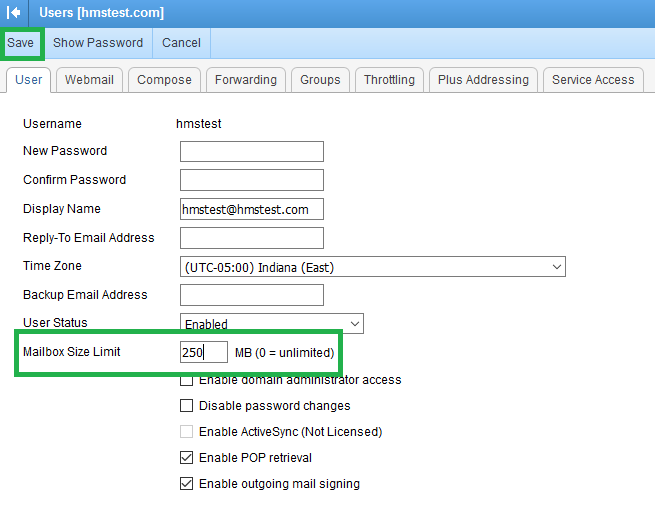

If AutoLogonCount or AutoLogonChecked exists, delete it.

Double-click the AutoAdminLogon entry, set AutoAdminLogon to 1 to enable the auto logon.If it’s local user, specify local host name. Double-click on DefaultDomainName, and specify the domain name of the user account.Double-click the DefaultPassword entry, type the password for the user account under the value data box, and then click OK.Double-click the DefaultUserName entry, type the user name to log on with, and then click OK.If any of these keys are missing, create a new String Value (REG_SZ). In the right pane, you need to modify or create each of these registry entries: DefaultUserName, DefaultPassword, DefaultDomainName, AutoAdminLogon.HKEY_LOCAL_MACHINE\SOFTWARE\Microsoft\Windows NT\CurrentVersion\Winlogon When the Registry Editor opens, navigate to the following registry location:.Press the Windows key + R to bring up the Run box.How to Set up Windows to Auto Login to Domain Account? Fortunately, you can still set up Windows to auto login to your domain account using a registry trick. However, that option is disabled when your computer is joined to a domain. In my previous post I’ve covered how to enable automatic login in Windows 8/7/Vista/XP, by using the command netplwiz or control userpasswords2.


 0 kommentar(er)
0 kommentar(er)
